Basement Waterproofing Georgina & Keswick
Leak Repairs & Prevention for Wet & Leaky Basements

Basement Waterproofing Cost
How Long Does it Take?
Flexible Waterproofing Services

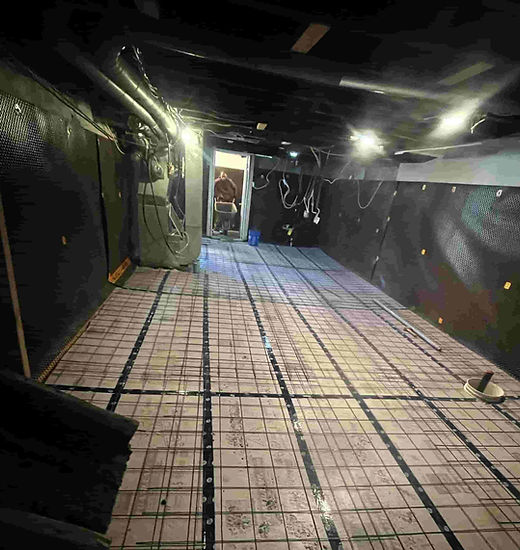



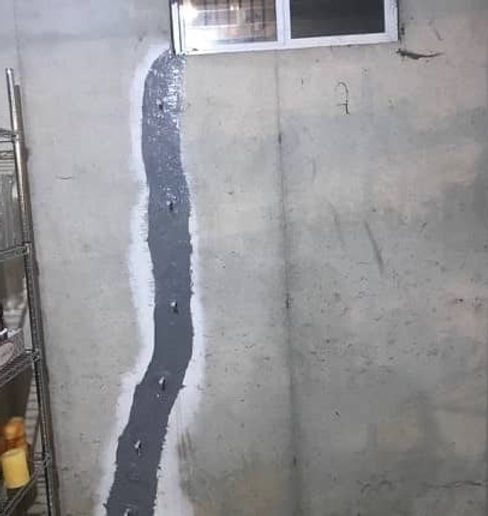

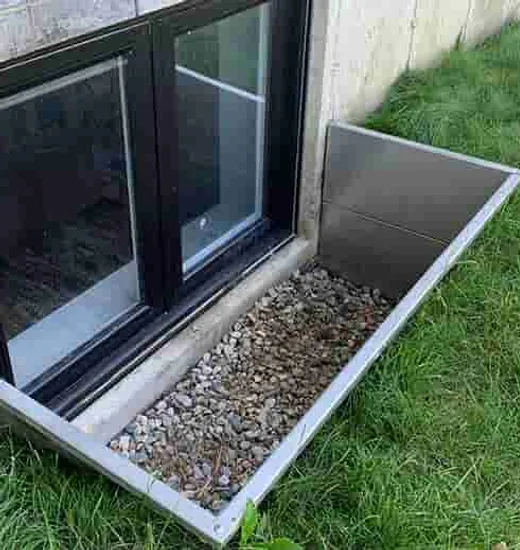
Basement window wells are beneficial for improving the functionality, safety, and aesthetics of a basement. However, their effectiveness depends on proper design, installation, and maintenance. If you’re considering adding or modifying basement window wells, give us a call!



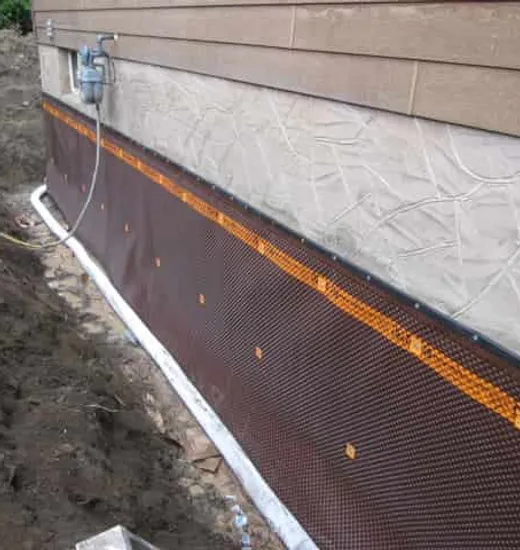
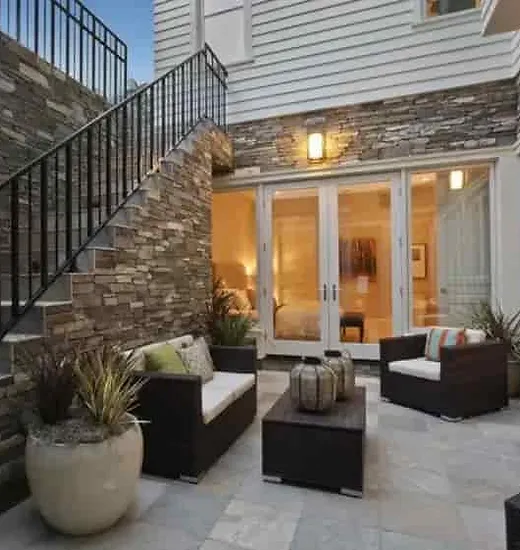
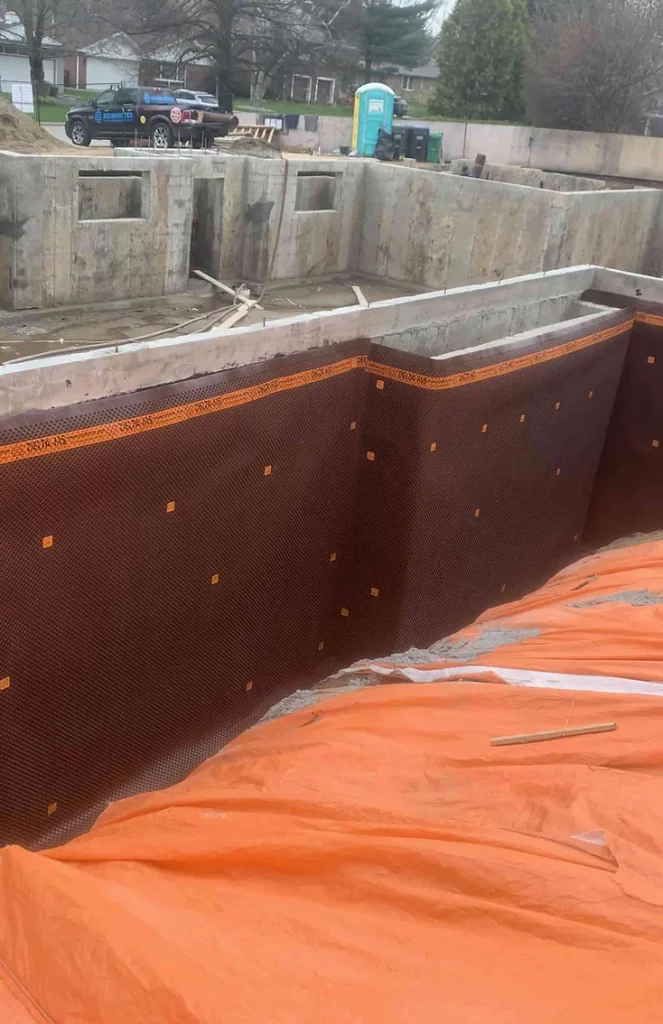
Products for Basement Waterproofing
Frequently asked questions
Step 1: Identify Problems, Define Long-Term goals & Measure your Budget
-
We need to find out (not guess) which parts of your foundation are underperforming. We need to clearly define the problem in order to assign the appropriate solution.
-
After a detailed analysis of the problem, we will come up with a proper solution that fits your budget.
-
You will clearly know how much money you’re going to spend now, and possibly in the future.
We try to stay away from quick fixes and prefer to address the problem at its roots. It is more expensive, but you pay once – guaranteed. If however, you want a quick fix – we will help you. Although you do need to realize that it is only a temporary solution which won’t last long and the possibility of spending again in the future is huge. Step 2: Understand the Hydrostatic Pressure & Foundation Drainage
Basements leak for various reasons, some of them are easy to identify and some are not. When it rains or snow melts lots of water travels against the foundation wall, and without proper waterproofing, it quickly penetrates into the basement through foundation defects like cracks, tie-rod holes and others, as shown in the picture below. Also, the underground water table rises and creates hydrostatic pressure that forces water up through the basement floor. That is when weeping tile comes into action. Installed next to the footing it relieves hydrostatic pressure and controls the water table level. This is the reason why it is very important that weeping tile remains clean and free of dirt and tree roots.
Old-style weeping tiles are pieces of clay pipe aligned together with gaps in between; these gaps are entry points for water, but as water travels down through the soil it picks up sand, sediment, and mud, which over time block the pipes. That is why we recommend using modern weeping tile, which is a perforated, corrugated plastic tube with a cloth filter. Its design prevents weeping tile tubes from getting blocked plus it absorbs much more water in shorter periods of time. What are the Types of Foundations, their Strengths & Weaknesses There are 4 primary foundations: poured concrete, masonry, stone, and concrete blocks. Each foundation has its core strengths and weaknesses. The type of foundation determines the methodology and materials to be used. Once the system is analyzed, strengths and weaknesses are assessed, and water entry points are identified, we are ready to focus on repair solutions.

Internal Basement Waterproofing
Although interior water drainage is not technically waterproofing, it is a working technique in mitigating basement water.
This technique involves removing a section of the basement concrete floor, usually about a foot wide, along the foundation wall. Then a trench is dug out where weeping tile is placed and drainage membrane is installed on the foundation wall.
After that is done, the trench is backfilled with 3/4 grovel and new concrete is poured over it.
Interior water drainage functions by draining underground water from underneath the basement floor and alongside the foundation footers. It then channels the water with a weeping tile pipe to a sump pump system, which will then pump the water from the basement outside. Wall conduits such as dimple boards or other membranes are fastened to the foundation wall and extended over the new drainage to guide any moisture down into the system.
Cleaning the walls – we power wash the walls and then dry them up using a propane torch. After that foundation walls are inspected for cracks, holes openings and are fixed with hydraulic cement. Cleaning the walls is a very important step; it is impossible to pinpoint all defects without it, also foundation sealant that is used after won’t stick properly and as a result the entire waterproofing system will eventually fail.
External Basement Waterproofing – How it Works
The materials and methodology will depend on many factors. Herein is described a process of basement waterproofing for a house with poured concrete foundation. This process consists of well-defined series of steps.
Site Preparation – plants are removed to plastic containers with topsoil while the waterproofing process takes place. The job area is protected with sheets of plywood, plastic tarps and “caution” signs.
Excavation – The process requires excavating soil along the foundation wall 4” below the top of the footing. Why exactly 4” you may ask? That is because the diameter of weeping tile that will be later placed along the footing is 4”. Once excavation is done and old weeping tiles are out, we start treating the foundation walls.
Cleaning the Walls – we power wash the walls and then dry them up using a propane torch. After that foundation walls are inspected for cracks, holes, and openings and are fixed with hydraulic cement. Cleaning the walls is a very important step; it is impossible to pinpoint all defects without it, also foundation sealant that is used after won’t stick properly and as a result, the entire waterproofing system will eventually fail.
Sealing – We now begin the sealing process that is exclusive to Aquamaster Drain Plumbing & Waterproofing Inc. Our first layer of protection is a cement based sealant. This material strengthens and hardens concrete walls by closing its pores. Then we apply a coating of elastomeric waterproofing membrane (polymer-modified asphalt). In contrary to the black tar this rubberized asphalt membrane is formulated to stay pliable. The great advantage of it is that even if new cracks occur – the elastomeric membrane will simply stretch and will continue to perform. Black tar has no flexibility at all and will crack with any foundation movement. Also, black tar is rated as a damp-proofing not a waterproofing, it will slow down the penetration of water while elastomeric will prevent the penetration completely. Unfortunately, most home builders are still damp-proofing rather than waterproofing their foundations. For our final layer of protection, we install a heavy gauge polyethylene dimpled drainage mat to the foundation wall using specially designed fasteners. This material does not tear providing reliable protection for the elastomeric membrane. The dimples create an air gap, so if moisture gets behind it, it quickly channels to the drain tile.
New Footing Tile Installation – We install the new perforated weeping tile with the “SOCK” filter on it. Cleanouts are installed to provide access to the weeping tile pipe. Then we disconnect downspout pipes which will ensure that leaves and stones from the roof will not block the weeping tile, reducing the risk of flooding in the basement. You may also be eligible for rebates from the city of Toronto for doing that.
Backfill – Then we cover weeping tile with 3/4 gravel 16” on top. Many companies will use plywood to cut the trench in half. They will gravel on the house side of the wood and fill the other side with the excavated dirt. We fill the entire trench with river-washed gravel as opposed to the less expensive limestone that most waterproofing contractors use. Limestone compacts limit drainage. After that had been done we start backfilling with previously excavated soil, constantly tamping it down during this process, as the result – minimum soil settling.
Landscaping – Finally, the landscaping is restored. We use premium topsoil when replanting previously removed plants. Aquamaster Drain Plumbing & Waterproofing Inc takes great effort in protecting your yard and landscaping during the process. All equipment is run on plywood, so damage is minimal. Often times it is hard to tell that we were ever on your property. The work is complete now and you have a piece of mind that it was done properly the best possible way. Proper waterproofing is a complex process. Few companies accomplish this in a timely manner, with minimal damage to the property, and little or no inconvenience to their customers. A superior attitude produces superior results.
Leaky basements are often caused by improper installation of exterior waterproofing membranes and sealants, inadequate drainage systems, hydrostatic pressure, and structural damage to the foundation. These issues can lead to water entering through cracks in the foundation walls and floors, and can cause significant damage to the building and its contents.
To prevent leaks, it is important to check the exterior of the home for damage, such as cracks in the foundation walls and sealants that may have been installed incorrectly or have come loose. It is also necessary to make sure the home has a proper drainage system to ensure that water is diverted away from the foundation and not allowed to pool near the house. Additionally, a sump pump can be installed to help remove any water that does make it into the basement. It is also important to ensure that the foundation is structurally sound and that any repairs are conducted by a professional.
Basement waterproofing typically takes few days to few weeks complete.
The exact timeline will depend on the specifics of your project and the type of waterproofing used. If it’s a small problem that you are looking to fex with a few cracks in the walls or floor, then the job could be completed in as little as a day or two.
If the problem is more serious, with large cracks, then it could take several days to properly seal the walls and floors.
In addition, the waterproofing process may require the installation of special equipment and materials, such as a sump pump or an interior drainage system, which may take additional time to install.
And of course, if we are talking about a full exterior basement waterproofing project, then the job will likely take 1-2 weeks.
Yes, in most cases, you will be able to stay in your home during a basement waterproofing or renovation project. We do our best to minimize disruption and ensure that our work area is isolated from the rest of your living space. However, the possibility of staying in your home depends on the scope and nature of the project.
For extensive renovations or in situations where significant structural work is required, there might be instances where it could be more comfortable or safer to temporarily relocate. Our experts in Etobicoke will provide guidance based on the specifics of your project and work with you to ensure as little inconvenience as possible.
Services by Licenced Experts in Toronto

3,000+ Happy Clients
Chose Aquamaster

Coverage

Emergency

& Insured

Price

Since 2009

South Ontario

Materials

of Mind
Don't Take Our Word for It!
Basement Waterproofing Testimonials












